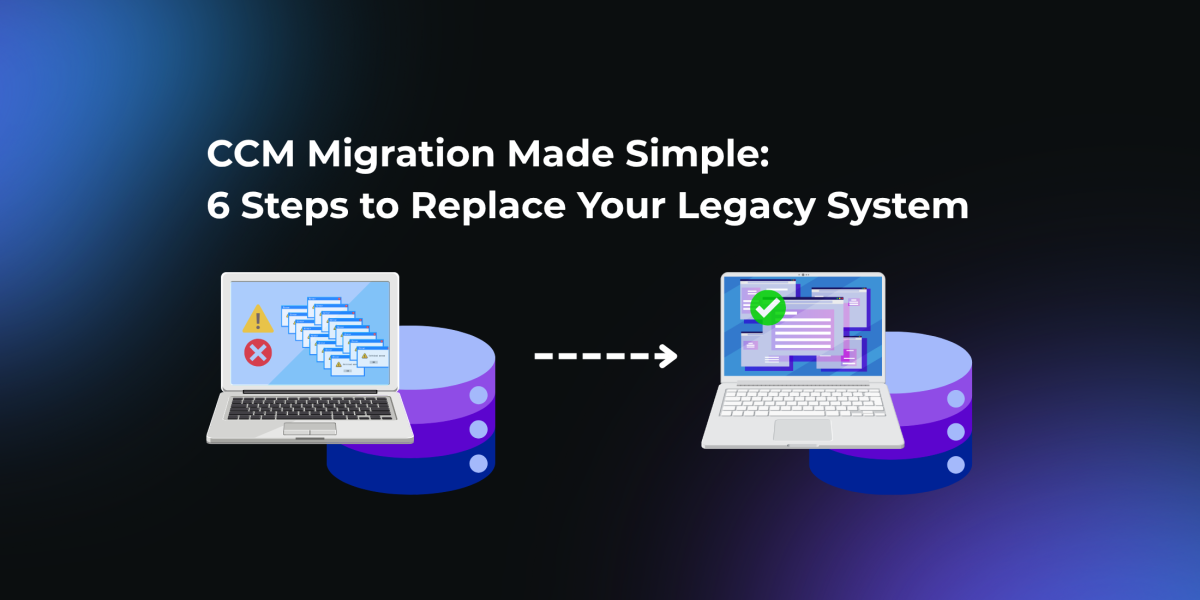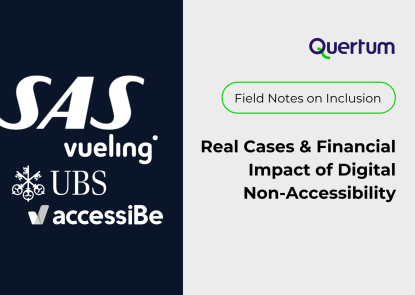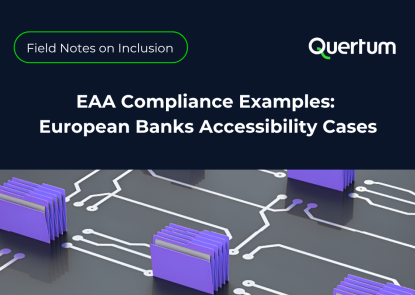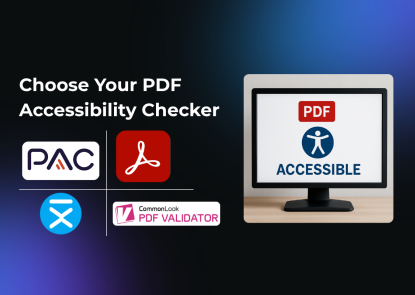CCM Data Migration: 6 Steps to Ease Legacy System Replacement
July 16, 2025

Switching to a new Customer Communication Management (CCM) platform? This is great!
Next step is to tackle what often feels like the real challenge — CCM data migration.
Moving off a legacy system typically feels like untangling a web of old templates, clunky approvals, forgotten dependencies and compliance rules. It can be tempting to just recreate the same structure in the new system and hope for smoother results. That rarely works. You end up dragging yesterday’s problems into a tool that was supposed to solve them.
Whether you’re moving to Quadient Inspire or another modern solution, CCM data migration is more than a technical switch, but your chance to leave behind outdated processes and build faster, smarter, compliant communications.
Here’s how to make that happen. Without turning it into a year-long headache.
1. Don’t Migrate Everything. Migrate What’s Useful.
Legacy CCM systems store thousands of outdated templates. Our advice: don’t transfer all of them.
Instead, treat data migration like a spring-clean. Start by reviewing what’s still being used, what’s outdated and what’s just taking up space.
Ask yourself straightforward: does this template support our customer experience today?
Focus on What Still Matters for customer communication management workflow and take fair actions:
- Identify what makes your business move
- Remove duplicates
- Eliminate broken or non-compliant workflows.
This is your moment to leave behind patchy messaging, mismatched formats and manual workarounds. Moving only what matters helps reduce complexity and significantly speeds up your migration from obsolete systems.
2. Map Dependencies Before They Break Something
CCM communications rarely exist in isolation. They pull data from other systems like CRMs, follow approval flows and feed into archiving or delivery tools. If these connections aren’t mapped early, they tend to create delays, errors, or compliance issues that surface when it’s too late to fix them easily.
Our advice: Speak to the people who work with the content daily – from business users and legal teams to compliance officers. They’re the ones who understand the practical dependencies, the informal workflows and the nuances that might otherwise be overlooked.
Take the time to map where data comes from, who owns what, how sign-offs happen and how outputs are delivered.
If you ignore these connections, your migration from legacy platforms can break essential flows.
A well-structured migration plan starts with a shared, cross-functional view of these interdependencies. Without it, even the best-designed system can stall at the first approval gate.
To sum up this step, proactive migration from legacy system should include:
✅ Interviewing legal, compliance and customer service teams
✅ Documenting data sources, approval chains and delivery paths
✅ Looking beyond technical diagrams (they rarely show the full picture)
3. Rebuild Templates — But Rethink Them First
One of the biggest missed opportunities in CCM migration is treating templates like fixed artifacts. Instead of redesigning them for the new system, many teams just copy what they had before – including the inefficiencies.
Copying old templates into your new system mean copying old mistakes. Use this moment to redesign templates for performance.
Don’t stop at static design. Modern CCM platforms like Quadient Inspire offer far more than just layout control. They support:
- Reusable content blocks for reducing duplication and simplified updates
- Dynamic fields, which personalise at scale with data-driven logic
- Personalisation rules to tailor messaging by customer type, region, or behaviour
- Shared elements like disclaimers or headers to centralise headers, footers, disclaimers and legal text for consistency
Look for ways to group similar templates, add shared modules (like headers or legal notes) and reduce one-off work. Over time, this helps teams work faster, stay consistent and avoid reinventing the wheel every time messaging changes.
4. Prioritise Accessibility and Compliance Early
With laws like the European Accessibility Act (EAA) coming into effect and GDPR continuing to guide how organisations handle personal data, it’s important to build compliance and accessibility into the early stages of migration – not treat them as late-stage checks. Our advice: think about accessibility from the early stage of migration, especially now with EAA went life on June 28, 2025. Otherwise, you put the company into a risk to pay twice.
From the start of your CCM data migration, consider:
- Accessible formats (PDF/UA, HTML)
- Built-in legal reviews
- Trackable approvals and audit logs
The best time to embed accessibility and compliance is before anything goes live. Doing it early is faster, cheaper, and far less disruptive than applying fixes under pressure later.
5. Migrate in Phases — Not All at Once
Trying to migrate everything at once often leads to stress, confusion and avoidable mistakes. A phased rollout is more practical and far less risky.
Our advice: Start small, choose channel, team, or type of communication, for example, onboarding emails or monthly invoices. Use that first rollout to test templates, workflows, integrations, and output quality in a real-world setting. The feedback you gather will shape how you scale, helping you avoid errors before they reach a wider audience.
Running the legacy and new systems in parallel for a short period also builds confidence. It allows teams to compare outputs, validate compliance and flag edge cases before anything is switched off for good.
6. Make Data Migration a Team Effort, Not Just IT Department
Customer communication touches nearly every part of the business:
- Marketing (tone of voice, branding)
- Operational (document workflows, SLAs, and service delivery timelines)
- Legal (approvals, disclaimers, regulatory compliance)
- Customer experience (usability, accessibility, clarity)
For example, this could mean involving CX and legal in defining template requirements, or having marketing validate tone before rollout, not after.
Our advice: bring the right voices in early, things click into place faster — and the end result isn’t just functional, it actually works for everyone. That’s why migration from obsolete platforms and systems needs to be planned and executed as a joint effort, not something handed off to IT in isolation. Clear roles, open communication and shared ownership are what turn a tech project into a successful business change.
Cross-functional planning ensures that your migration from legacy CCM aligns with your customer journey and brand.
Your CCM Migration Should Work for You — Not Against You
With the right focus, it becomes a chance to simplify, modernise and build a stronger foundation for how your organisation communicates — inside and out. Planned well and done wisely, CCM data migration is more than a technical upgrade. It’s a real opportunity to streamline operations, reduce risk and deliver communications that make sense for legal, operational CX teams and valued by your customers.
Let’s drive your Digital Transformation Together.
Schedule a free consultation with our team to explore how we can help you achieve your goals.


